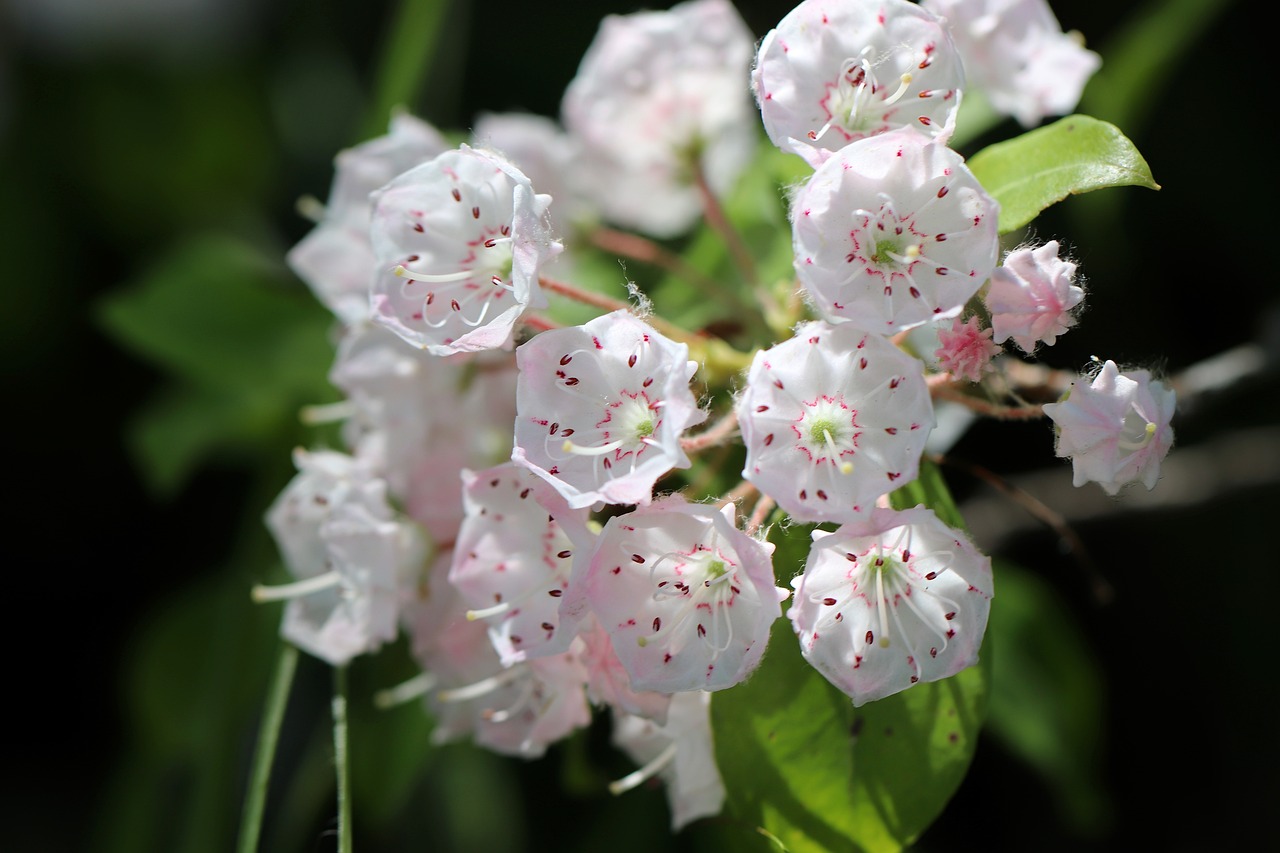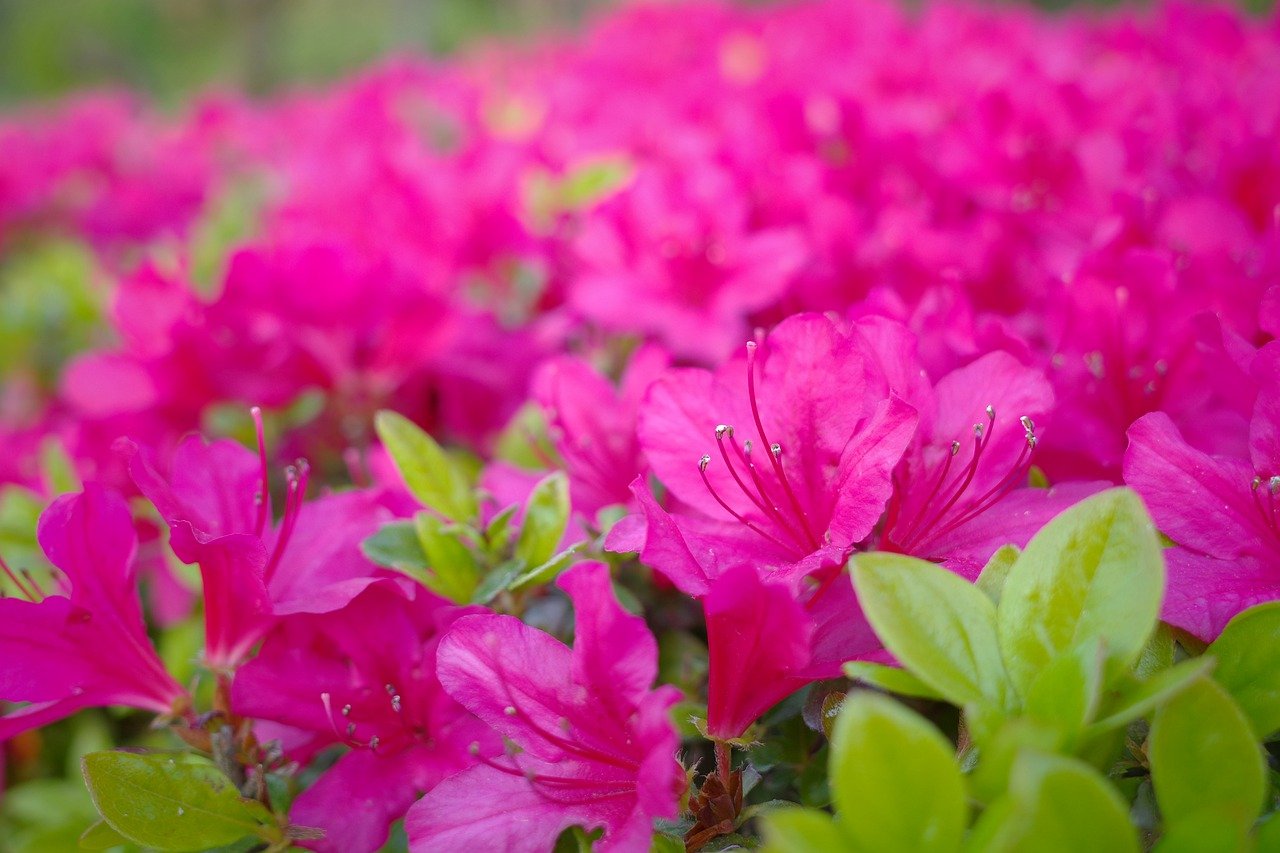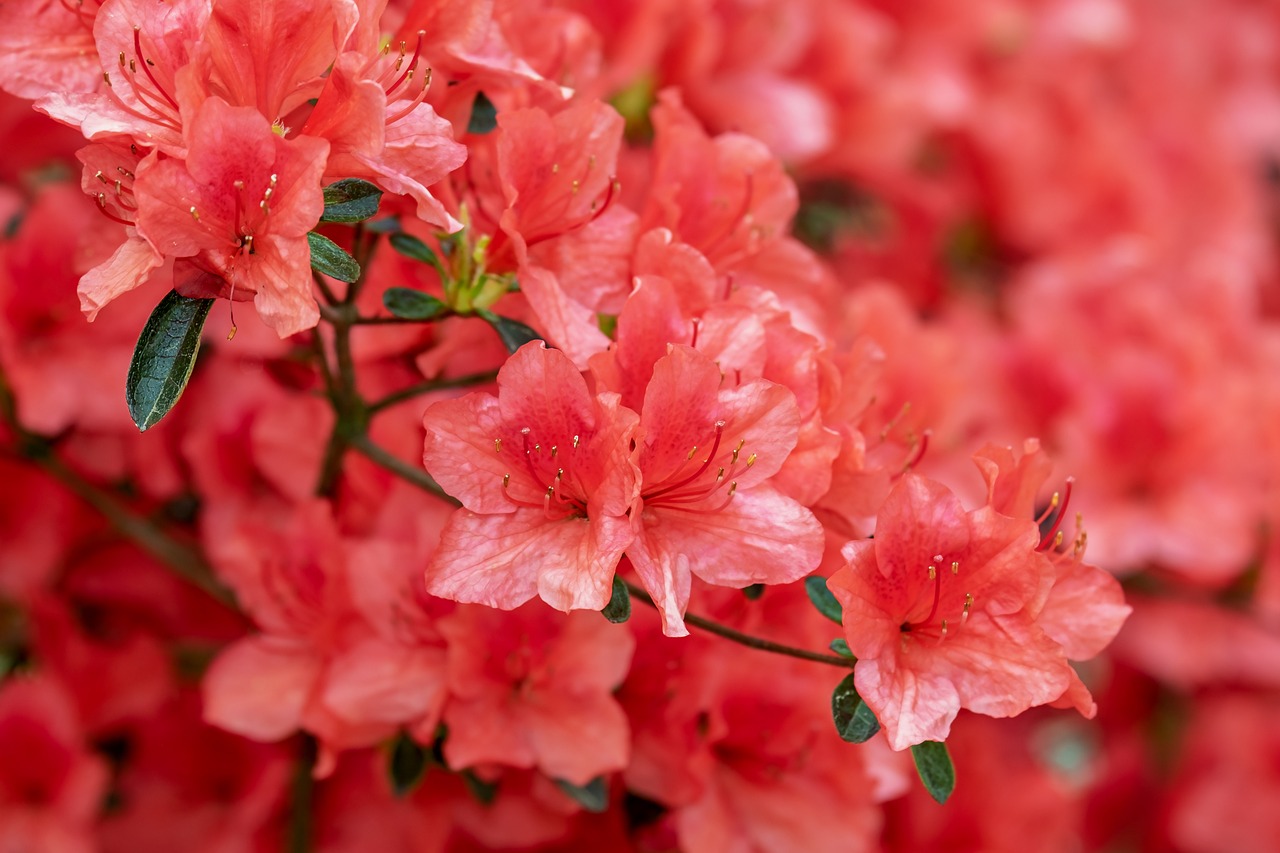Lingonberry | A Hardy Fruit Rooted in the Life of Northern Peoples
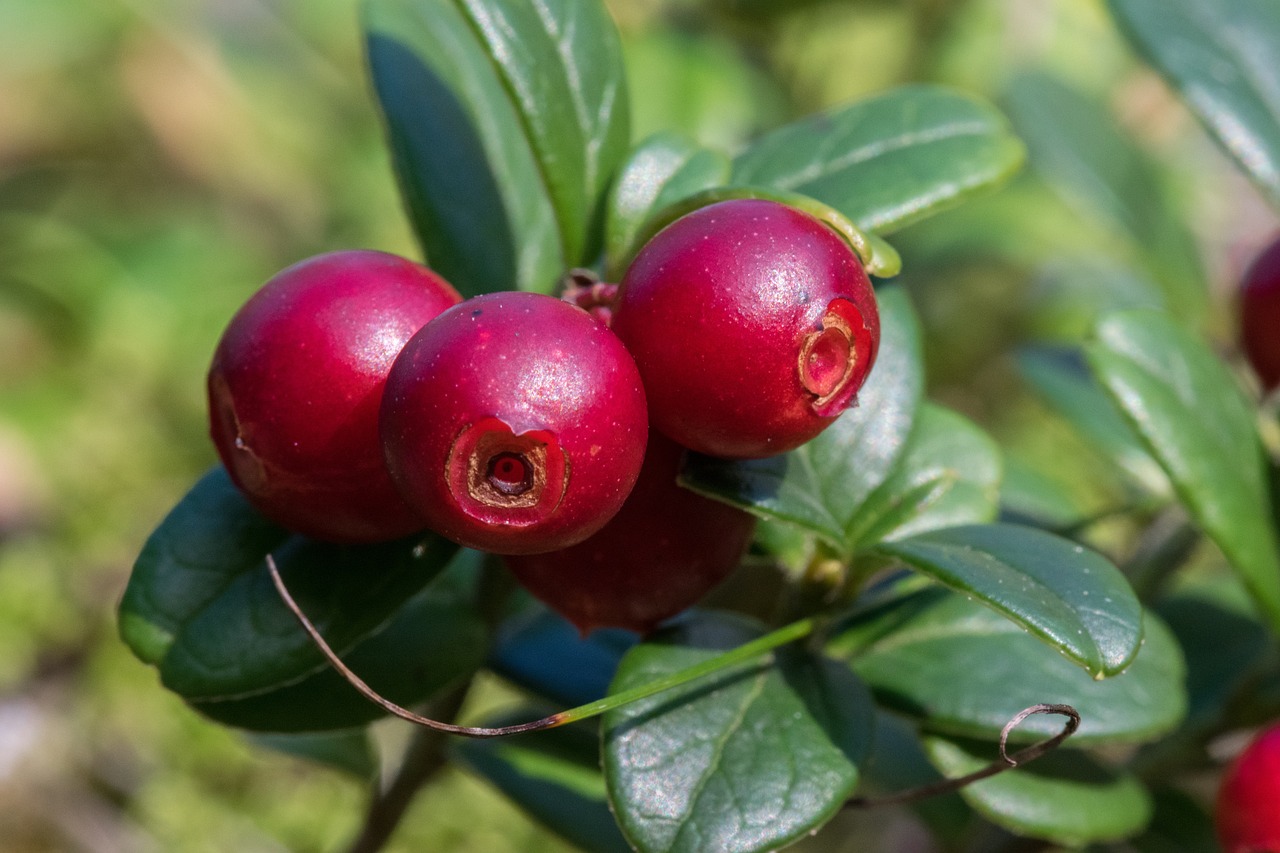
The lingonberry is a low-growing shrub characterized by its red berries and glossy, small leaves.
It is popular both as a ground cover in gardens and as a potted plant. Thanks to not only its beauty but also its ease of cultivation, it is loved by a wide range of people, from beginners to experienced gardeners.
In this article, I will explain in detail the basic information, cultural and historical background, and key points for growing lingonberries.
Basic Information
- Scientific name: Vaccinium vitis-idaea
- Family: Ericaceae (Heath family)
- Origin: Cold regions of the Northern Hemisphere (Scandinavia, North America, Asia, etc.)
- Appearance: Lingonberry is a small shrub about 10–30 cm tall. Its leaves are oval-shaped, dark green, and glossy. In early summer, it produces small, bell-shaped flowers in white or pale pink. In autumn, it bears bright red fruits that are highly ornamental and add seasonal color to the garden.
- Flowering and Fruiting Period: Flowers bloom from May to June, and the vivid red berries appear from August to October.
Cultural Characteristics Around the World
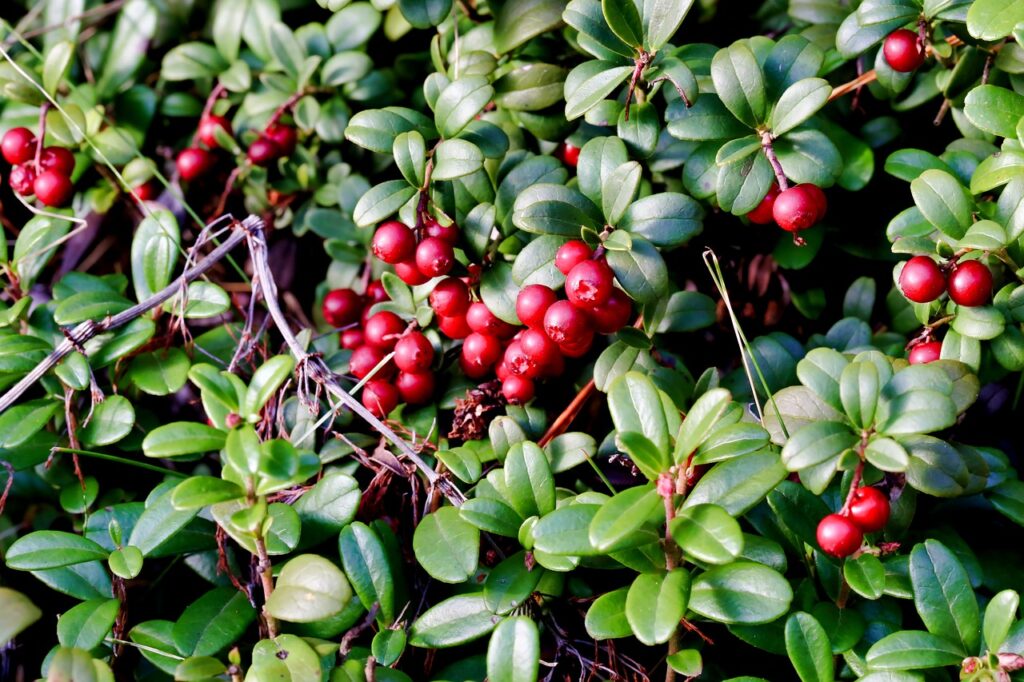
The lingonberry is deeply rooted in the cultures of cold regions, especially in Northern Europe.
In Scandinavia, it is widely known as the “lingonberry” and used as a traditional ornamental plant in gardens and landscapes. The red berries are also employed in Christmas wreaths and decorations, enhancing the festive winter atmosphere.
In Canada and Russia as well, lingonberries are cherished in nature and integrated into traditional gardens and public landscapes.
Historical Episodes
The history of the lingonberry is closely tied to the lives of Indigenous peoples in Scandinavia and North America.
In Scandinavia, it has long been regarded as a “gift of the forest” and used as a special ornament during village festivals and celebrations.
In North America, Indigenous tribes planted lingonberry branches and leaves along garden boundaries, incorporating them as symbols of tribal identity.
From the 18th century onward, the plant gained popularity in Europe as a horticultural species, being exhibited in botanical gardens across the continent. During the Victorian era in Britain, it became an essential plant in aristocratic gardens, valued for its ability to create beautiful landscapes even in winter.
Gardening Advice

Lingonberries are hardy and easy to cultivate, but with proper care they will remain even more beautiful. Below are the main points to keep in mind:
Sunlight
Prefers partial shade to full sun. In areas with strong direct sunlight, providing some shade helps prevent leaf burn.
Watering
Water when the surface soil becomes dry. Adjust frequency depending on the season, paying extra attention to dryness in summer.
Soil
Prefers acidic, well-drained soil. Soil mixes for azaleas or blueberries are suitable. Mixing leaf mold or peat moss at planting time is recommended.
Fertilizer
Apply acidic soil fertilizer once a month during the growing season (spring to early summer). Reduce fertilization after autumn.
Pruning
After flowering and fruiting, prune old or weak branches to encourage new growth.
Wintering
While cold-tolerant, mulching around the base is recommended in extremely cold climates as winter protection.
Conclusion
The lingonberry not only enhances gardens and potted plants with its beautiful foliage and berries, but also carries deep cultural and historical connections with Northern Europe and other cold regions.
It is easy to grow and highly valued as a charming garden accent. I encourage you to bring lingonberries into your life and enjoy their seasonal beauty throughout the year.

